Abstract
The need for water, energy, mines and other natural resources, especially in terms of cleaner production, increases depending on the population growth as well as the developments in people’s living standards and welfare level.
Intense resource use; It consumes and disrupts many ecosystem services, increases the risk of sudden and destructive environmental changes, creates significant reductions in biodiversity, and also exacerbates poverty for some groups.
The important thing here is to meet the increasing energy need arising from the industrial revolution without bringing the natural resources to the limit of use by sustainable methods such as heat recovery, energy production from waste.
In our study, a short review will be given about both the rationale and the current technology of the production of epoxy resin, an industrial intermediate with biotechnological methods of seaweed, sea algae, which are abundant in nature, even in urban treatment systems, sea coasts, and the rivers that are not treated.
Section-1: Introduction Microalgae are a potential renewable energy source, but interestingly they have become an alternative source of raw materials for the production of oleochemicals (See figure 1). The unsaturated fats produced from schizochytrium microalgae can also be used in polymer synthesis.
After structural analysis of algae oil, it turns into an active form that contains 10 epoxy radicals in one molecule with alternated cation resin. Subsequently, fully bio-based epoxy networks are synthesized with priamine® (oleic acid dimer-derived amine) as hardener.
These new algae epoxy materials are characterized and compared to vegetable oils (linseed or soybean oils) derived from epoxy webs. Epoxy co-monomers are added to the formulation to improve material properties.
Both trimethylolpropane triglycidyl ether, a conventional cross-linking agent, and triepoxidized floroglucinol derived from algal fluorinations are added.
The addition allows to obtain epoxy co-monomers, materials of various properties. Thermal and mechanical properties emphasize the interesting superiority of algae oils with their high reactive content in reactive functions.
Finally, the addition of a blowing agent (MH15 polysiloxane) leads to the synthesis of algae oils from which foams with interesting properties are obtained. Thus, algae oil shows interesting potential as a suitable starting material for purely bio-based thermoset materials and foams.
It is important to verify each stage with various quality control methods, no matter how easy a typical synthesis example we have given above seems.
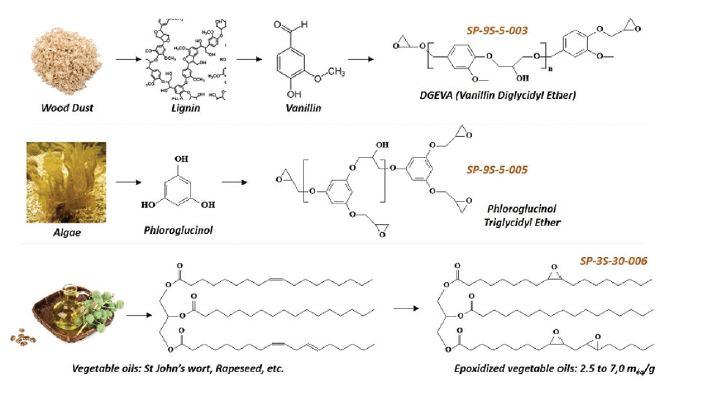
Figure 1. Various biopolymer synthesis from algae
Section: 2- Practical Applications
The main reactant, exemplified above, can be reacted with epoxidized algae oil, amines derived from vegetable oil, and another aromatic epoxy co-monomer to provide bio-based aliphatic building blocks for other epoxy foam syntheses (see Figure 2).
The epoxy materials and foams obtained are biobased with various harnesses and high crosslinking rates (see Figure 3). The materials can be used in electronic and electrical systems or for high performance adhesives.
Foams can also be applied as heat and vibration insulation and for the manufacture of lightweight materials or for the transport industry such as aircraft-interior panels and crash pads (see Figure 4). Medical applications can also be considered for more flexible foams.
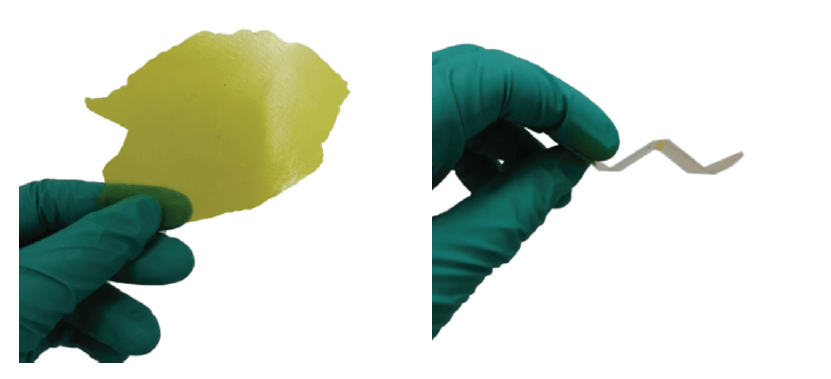
Figure 2. Biobased macromolecular sample produced Figure 3. Macro molecular sample produced
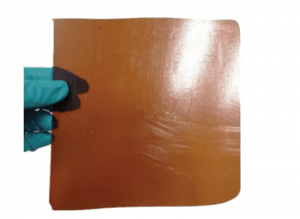
Figure 4. Biobased macromolecular
Section: 3- A Detailed Analysis
Thermosetting epoxy materials are widely used in a wide range of applications, including aircraft, automotive or electronic components, due to their high mechanical strength, thermal and chemical stability, and excellent dielectric properties (see Figure 6).
Global epoxy thermoset polymer production is estimated to be 2 million tons per year in 2010 and is estimated to reach 3 million tons by 2017 (for test results of the WNDR producing algae polymer, see figure 7).
More than 60% of global production is used in the coating industry as well as composites and foam. Indeed, epoxy foams show an increasing interest in the industry due to its insulation and light properties (see Figure 8).
Figure 6. Ski kit produced with coating material obtained from algae
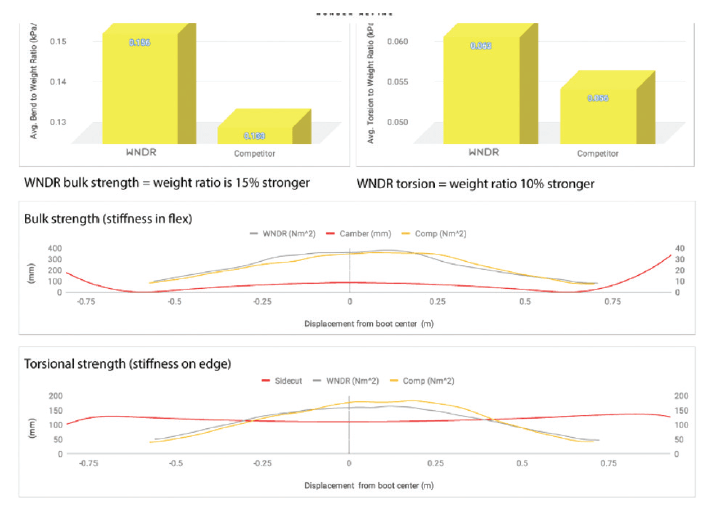
Figure 7. WNDR test results
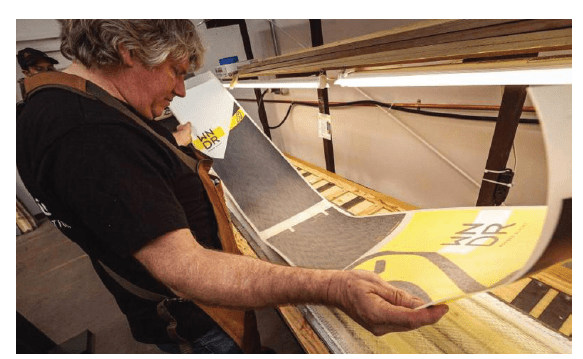
Figure 8. The application process of WNDR algae polymer to the ski suit
Currently, 95% of thermosetting epoxy materials are derived from diglyceryl ether of bisphenol A (DGEBA). The aromatic rings of Bisphenol A (BPA) are particularly interesting as they provide good thermal resistance to epoxy resins.
However, this endocrine disruptor can mimic the body’s own hormones, and alterations in brain chemistry and structure can also lead to a variety of negative health effects that alter male and female reproductive systems in a variety of animals, including fish, frogs and mammals, including behavior, immune system, enzyme activity, snail. Therefore, there is a growing interest in the chemical industry for nonharmful reactants that allow the synthesis of BPA-free epoxy resins.
Uncertainty in terms of price and availability of oil, in addition to global trends for sustainable development principles, encourages the chemical industry to sustainable production and the use of renewable resources, especially to synthesize bio-based chemicals and products.
Therefore, partially or wholly bio-based epoxy polymers are nowadays a true target both in terms of academic research and in terms of industry, but they also pose a real challenge.
A few commercial bio-based epoxy reagents are available, with the exception of epoxidized vegetable oils (such as soybean oil or flaxseed oil) and cardanol, which are the most used bio-based monomers.
However, polyoxide webs derived from vegetable oils generally exhibit low temperatures due to the presence of long aliphatic chains (such as T=-38°C for epoxidized flaxseed oil derived from grape seed oil).
Some researchers are the first teams to synthesize polyoxide foams with 25% epoxidized soybean oil (ESO), but poor mechanical properties have been achieved.
Then, other researchers reported the synthesis of polyoxide foams containing soybeans with high mechanical properties.
On the other hand, the researchers also evaluated the effect of various epoxidized triglycerides on the glass transition temperature of the polymers obtained from the acrylate content (0 to 9 acrylates per triglyceride).
Their methodology has shown that increased reactive functions in a triglyceride lead to increased thermal and mechanical properties for polymers. Therefore, the use of alga triglycerides with a higher double bond content can be a very interesting alternative for vegetable oilbased polyoxide networks.
Algae oil, or more precisely, microalgal oil, is a source of triglycerides that cannot be used as a food source that may be suitable for polymer materials. It can be grown in soils where micro algae cannot be planted, in guttertype pools or in photobioreactors. Also, costly foods such as glucose or peptone are not required.
Many of these microalgae species contain unique products such as carotenoids, antioxidants, fatty acids, enzymes, polymers, peptides, toxins and sterols. And more specifically, the amount of fatty acids in microalgae can be significant, with high efficiency, up to 20-50% by weight of dry matter.
Algae oils depend on algae types, but in any case, they offer interesting structures enriched with long-chain fatty acids with a high unsaturation content, such as 22 carbons and 6 double-bonded docosahexaenoic acid (DHA).
Recently, some studies have reported the synthesis of polymers from algae oils. For example, in one study, gradual polymerization of algal oil derivative diols with dicarboxylic acids was achieved. New polyester with advantageous high melting and crystallization temperatures was obtained.
In another case, algae oil has been shown to be of interest as polyol precursors for polyurethanes due to high yield extractions and various growing conditions compared to vegetable data. In another study, flexible polymer materials from epoxidized algae oil were synthesized.
The polyurethane materials and foams obtained exhibit good thermal and mechanical properties similar to petrochemical polyurethanes. In another study, polyurethane rigid foams were synthesized from Chlorella algal oil.
These algae polyols were prepared by oxidation followed by epoxide ring opening reaction using lactic acid or ethylene glycol.
The final polyols were reacted with methylene diphenyl diisocyanate (MDI) using cyclopentane as the blowing agent to give PU hard foams. In the same study, a process for the preparation of biopolymer composites from algae oil and natural fibers was patented.






